- DroidAfrica
- Xiaomi
- Xiaomi Mi 9 SE
Xiaomi Mi 9 SE
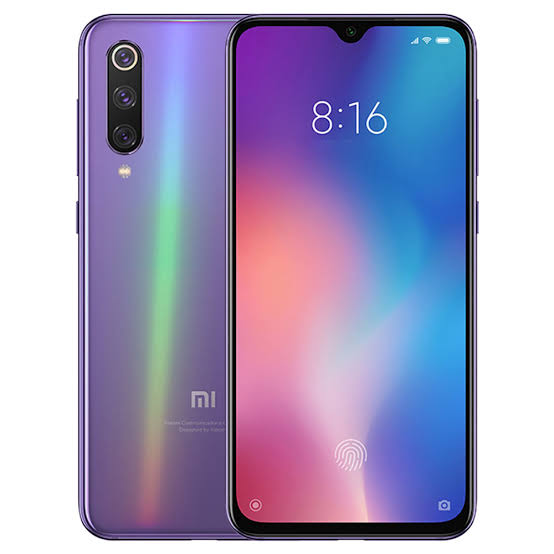
Xiaomi Mi 9 SE Highlights and Overview
The Xiaomi Mi 9 SE is the little brother of the Xiaomi Mi 9, and as well as the direct successor of the Mi 8 SE of 2018. Being the little brother of the Mi 9, the Mi 9 SE comes with slimmed-down specifications and features, as well as slimmed down price.
Interesting, and aside the absence of SD855 CPU, the Mi 9 SE still retains some of the awesome features of the Mi 9 like; the triple rear cameras and the trending under display fingerprint scanner. As for the display, you are getting a 5.97-inch Full HD+ Samsung AMOLED display with 90.4% screen-to-body ratio.
Lucky for you, the Xiaomi Mi 9 SE is the world’s first smartphone to be powered by the latest Snapdragon 712 SoC. The phone has fifth-gen in-display fingerprint sensor and retains the main 48-megapixel Sony IMX586 sensor as well as 20-megapixel front camera from the Mi 9, but this feature an 8-megapixel telephoto lens and a 13-megapixel ultra wide-angle lens.
The phone comes with a gradient holographic rainbow spectrum surface on the back, has a slightly smaller 3070mAh battery and has support for 18W fast charging, but it doesn’t have wireless charging that is present in the Mi 9. Other features and full specifications of the Xiaomi Mi 9 SE are detailed in the table below.
Xiaomi Mi 9 SE Full Specifications and Features
NETWORK
| Technology | GSM / HSPA / LTE |
| 2G Network Bands |
GSM 850 / 900 / 1800 / 1900 - SIM 1 & SIM 2 (dual-SIM model only) CDMA 800 & TD-SCDMA |
| 3G Network Bands |
HSDPA 850 / 900 / 1900 / 2100 CDMA2000 1xEV-DO |
| 4G Network Bands | LTE band 1(2100), 2(1900), 3(1800), 4(1700/2100), 5(850), 7(2600), 8(900), 20(800), 28(700), 38(2600), 39(1900), 40(2300), 41(2500) |
| Speed | HSPA 42.2/5.76 Mbps, LTE-A (3CA) Cat9 450/50 Mbps |
LAUNCH
| Also Known As |
- - |
BODY
| Dimensions | 147.5 x 70.5 x 7.5 mm (5.81 x 2.78 x 0.30 in) |
| Weight | 155 g (5.47 oz) |
| Build | Back glass (Gorilla Glass 5), aluminum frame (7000 series) |
| SIM Type | Dual SIM (Nano-SIM, dual stand-by) |
DISPLAY
| Display Type | Super AMOLED capacitive touchscreen, 16M colors |
| Size | 5.97 inches, 87.5 cm2 (~84.1% screen-to-body ratio) |
| Resolution | 1080 x 2340 pixels, 19.5:9 ratio (~432 ppi density) |
PLATFORM
| Operating System | Android 9.0 (Pie); MIUI 10 |
| Chipset | Qualcomm SDM712 Snapdragon 712 (10 nm) |
| CPU | Octa-core (2x2.3 GHz Kryo 360 & 6x1.7 GHz Kryo 360) |
| GPU | Qualcomm Adreno 616 |
MEMORY
| RAM + ROM | 6 GB |
| Card Slot | Yes, up to 256 GB via microSD card (uses SIM 2 slot) |
MAIN CAMERA
| Camera Type | Triple Lenses |
| Camera Sensor(s) | 48MP + 13 MP + 8 MP main camera |
| Camera Features |
Autofocus Continuous shooting Digital zoom Optical zoom Digital image stabilization Geotagging Panorama HDR Touch focus Face detection White balance settings ISO settings Exposure compensation Self-timer Scene mode Macro mode RAW Sensor size - 1/2" Pixel size - 1.6 μm (4-in-1 pixel binning) Phase detection Laser autofocus Contrast autofocus Sapphire crystal glass lens cover 6-element lens Focal length (35 mm equivalent) - 27 mm 1080p @ 960 fps 720p @ 960 fps Secondary rear camera - 13 MP (telephoto) Sensor model - Samsung S5K3M5 (#2) Sensor type - ISOCELL (#2) Sensor size - 1/3.4" (#2) Pixel size - 1.0 μm (#2) Aperture size - f/2.2 (#2) 6-element lens (#2) Focal length (35 mm equivalent) - 51 mm (#2) Third rear camera - 8 MP (ultra-wide angle) Sensor model - Sony IMX481 Exmor RS (#3) Sensor size - 1/3" (#3) Pixel size - 1.0 μm (#3) Aperture size - f/2.2 (#3) 6-element lens (#3) Focal length (35 mm equivalent) - 17 mm (#3) Angle of view - 117° (#3) |
| Video Resolution | 2160p@30/60fps, 1080p@30/120/240fps, 1080p@960fps |
SELFIE CAMERA
| Camera Type | Single Lens |
| Camera Sensor(s) | 20-megapixel |
| Camera Features |
f/2.0 aperture 1/4" Pixel Size, 1.0µm, Autofocus |
| Video Resolution | 1080p@30fps |
SOUND
| Loudspeaker | Yes |
| Speaker Location | Chin, below display |
| Audio Jack Type | No. Uses USB Type-C Connector |
CONNECTIVITY
| Bluetooth | Bluetooth 5.0, A2DP, LE, aptX HD |
| NFC | |
| GPS | Yes, with dual-band A-GPS, GLONASS, BDS, GALILEO, QZSS |
| FM Radio | No |
BATTERY
| Battery Capacity | Non-removable Li-Po 3070 mAh battery |
| Wireless Charging | No |
| Talk Time Talk Time is the longest time that a single battery charge will last when you are constantly talking on the phone under perfect conditions, Ambient temperature and highly dependent on the cellular network environment such as the distance to the closest cell network tower. | Up to 24 hours |
| Stand-by | Up to 380 hours |
OTHER FEATURES
| Sensors | Fingerprint (side-mounted), accelerometer, proximity, compass |
| Box Contents | Charging Brick / USB cable |
Xiaomi Mi 9 SE User Reviews and Opinions
Disclaimer Note
This specification was entered manually, hence we CANNOT guarantee 100% accuracy. Any error? Let us know in the comment section.







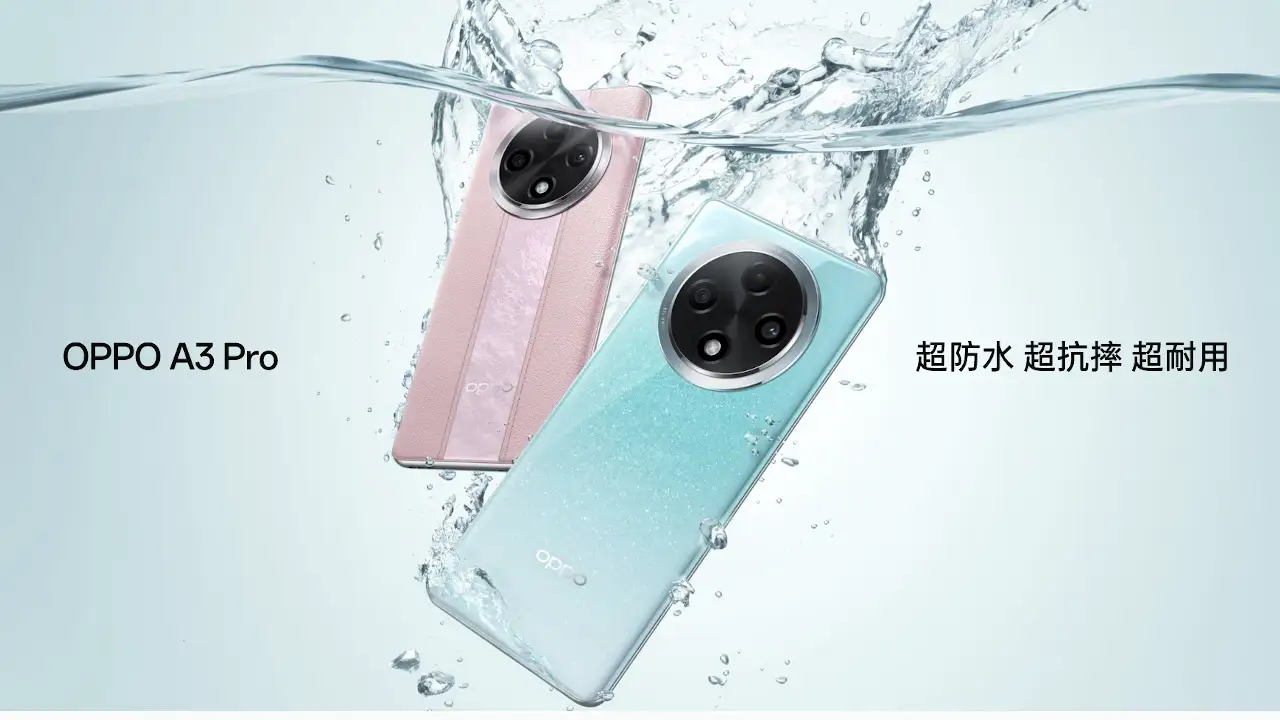

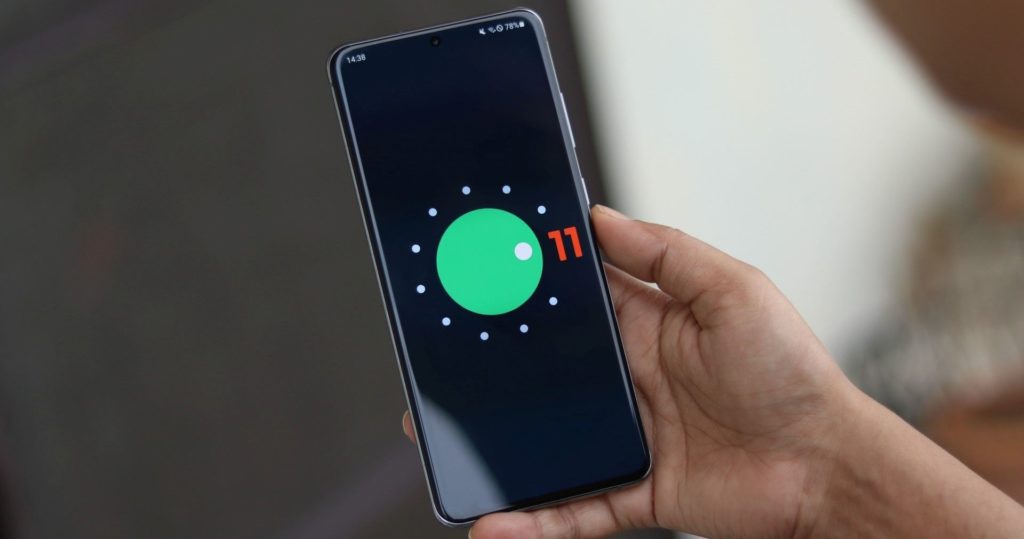
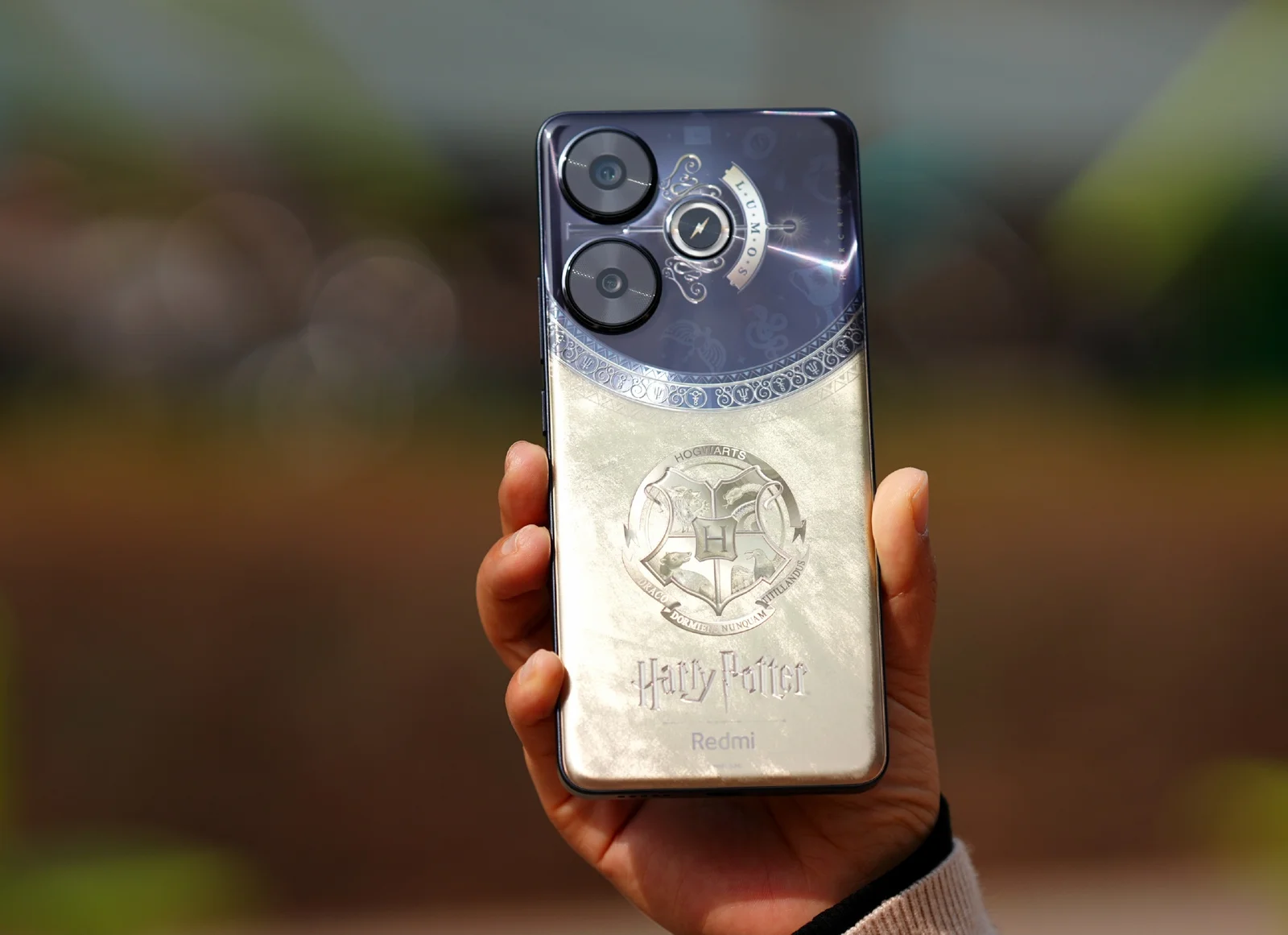
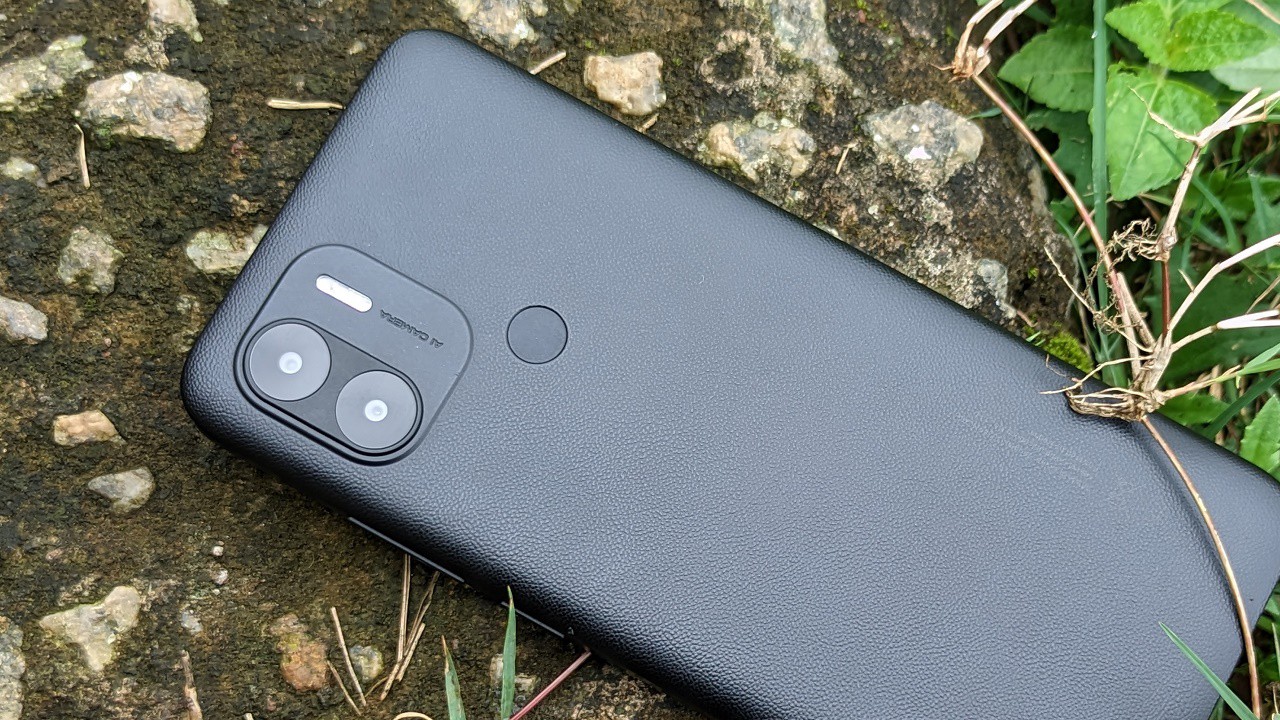
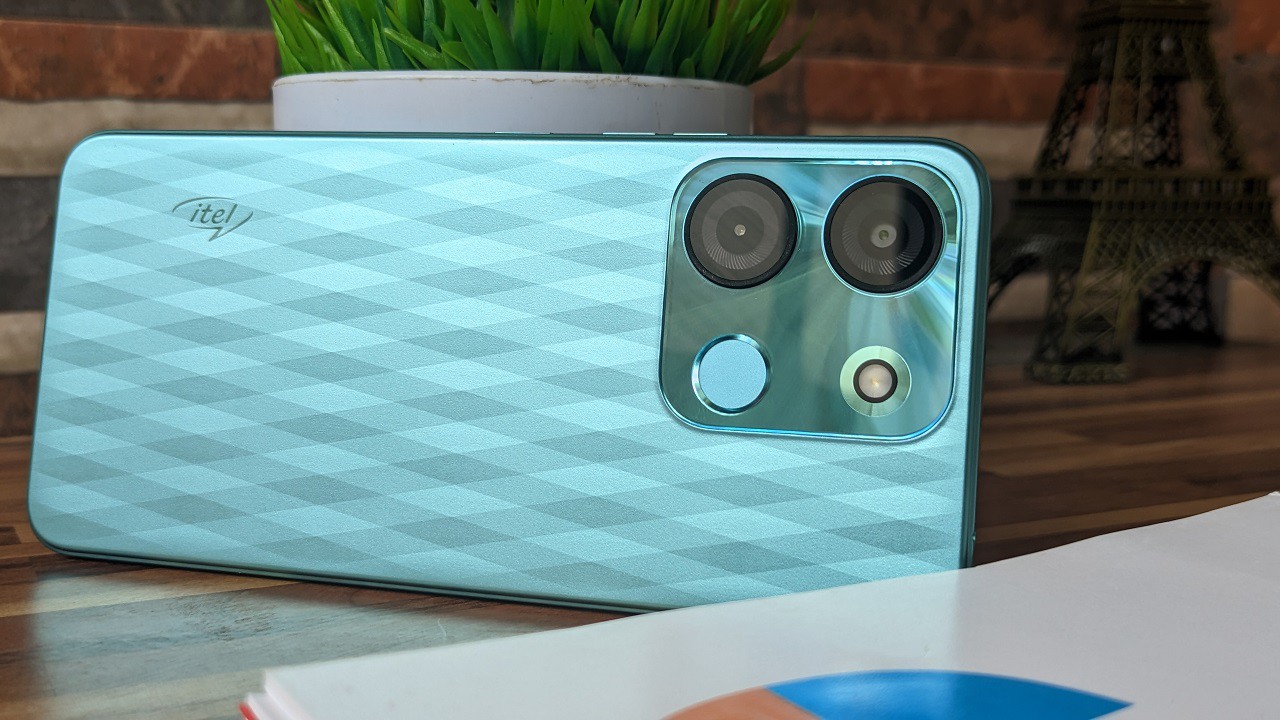
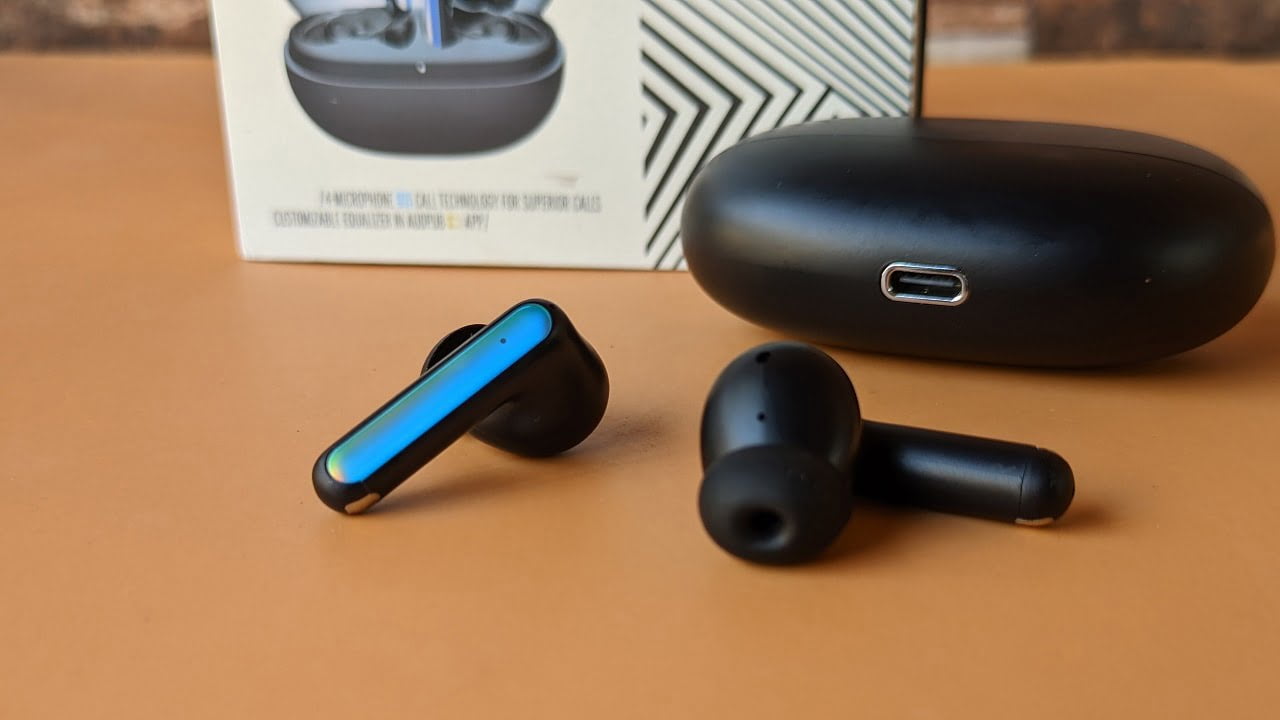
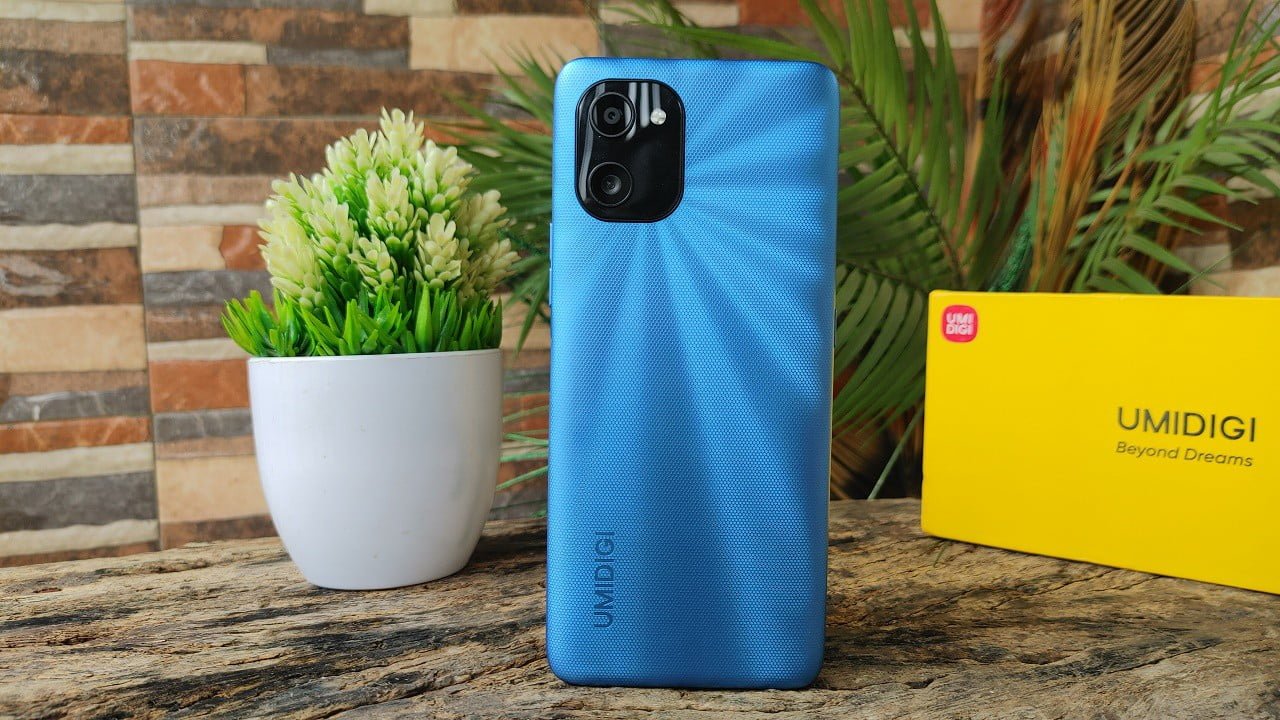
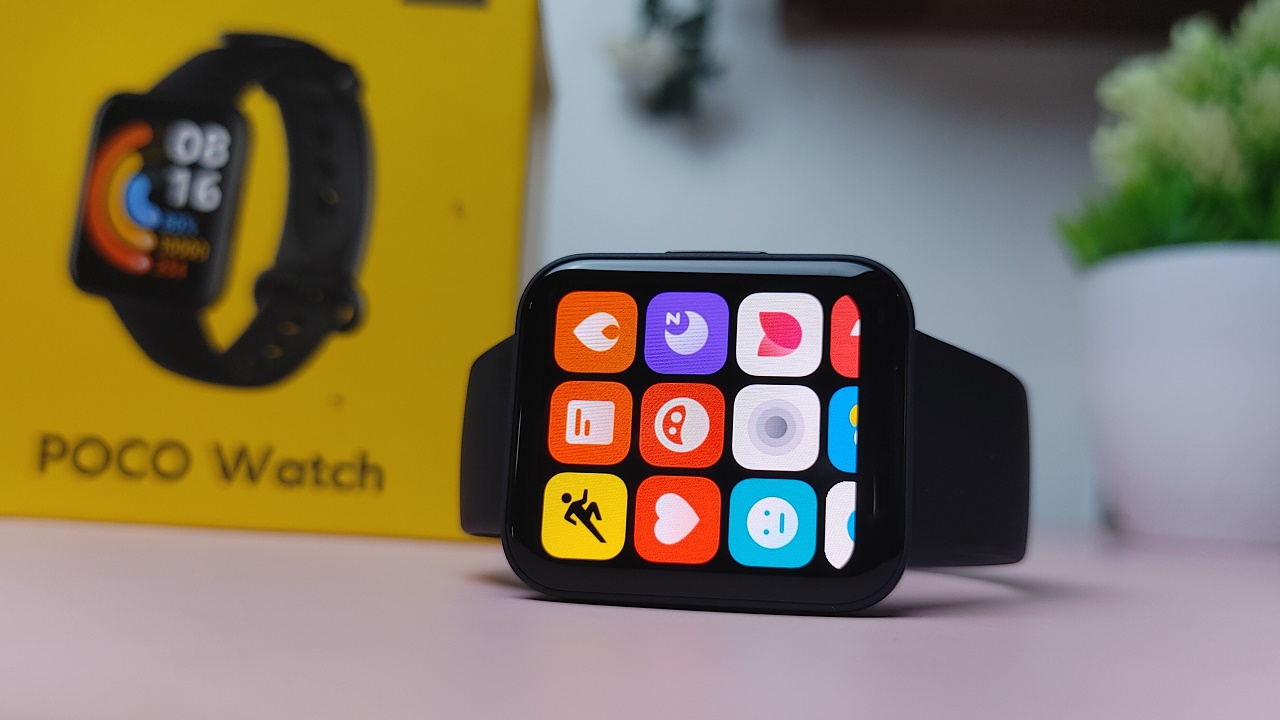
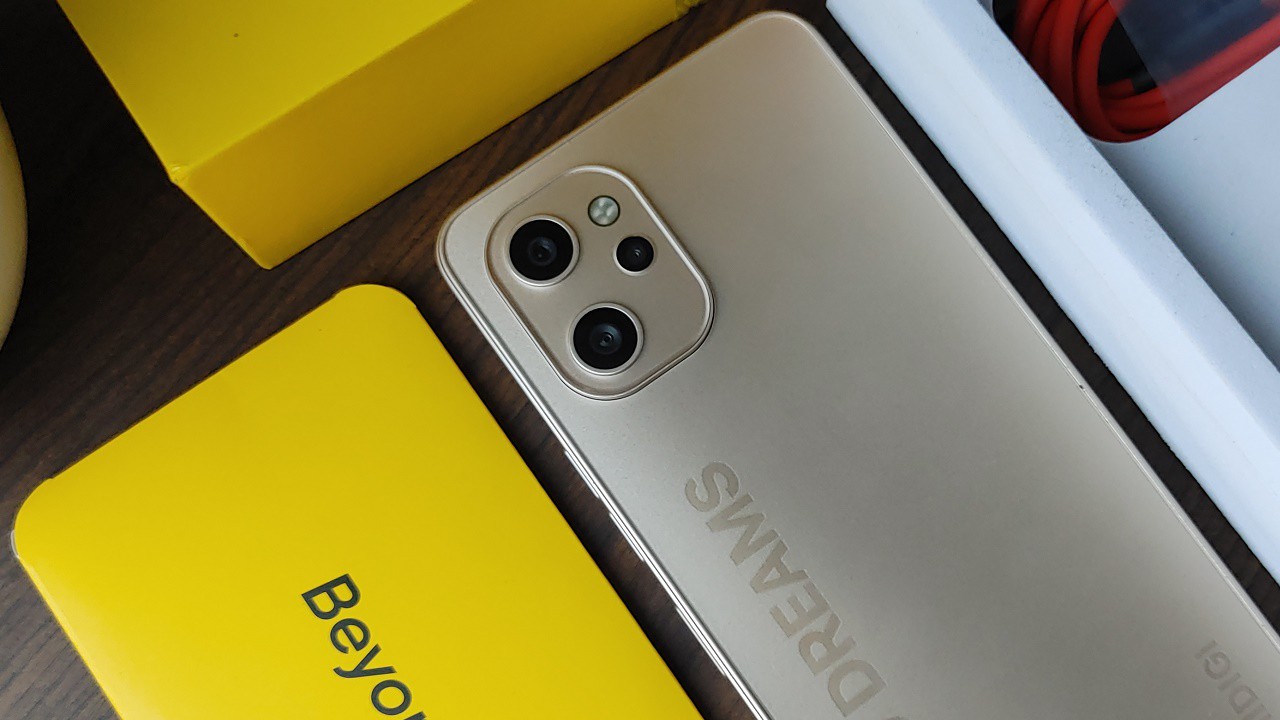
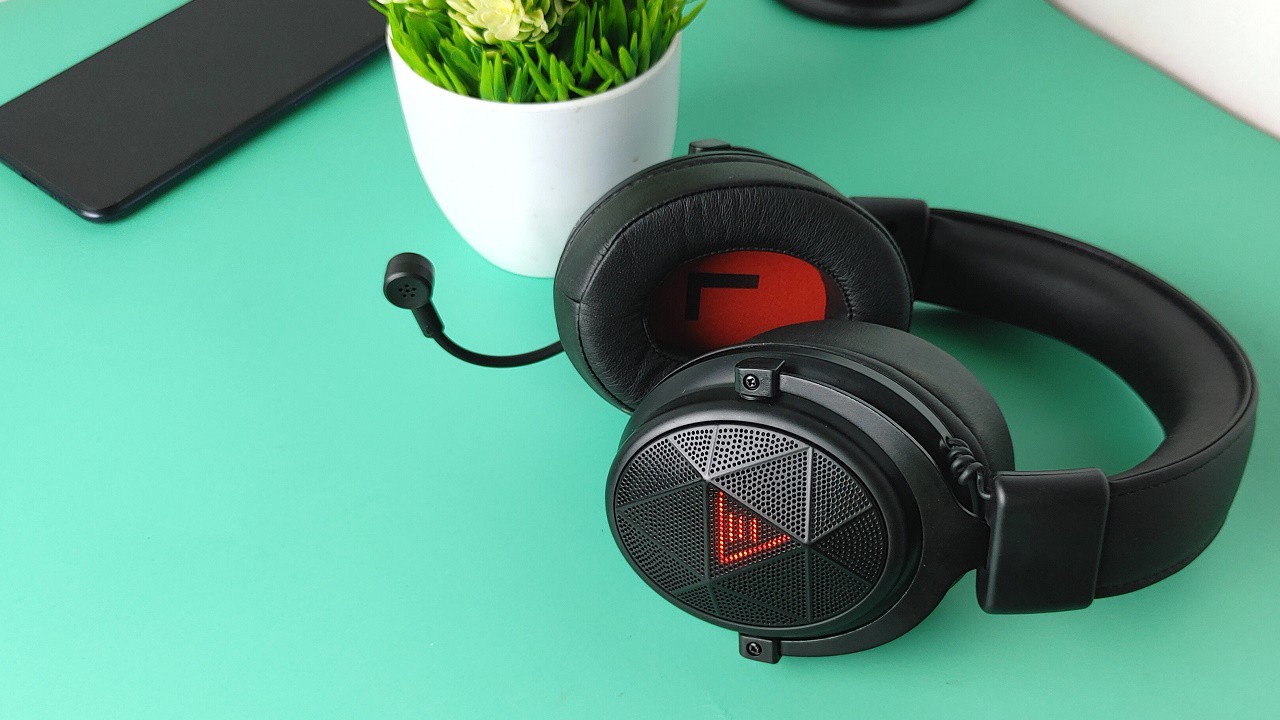
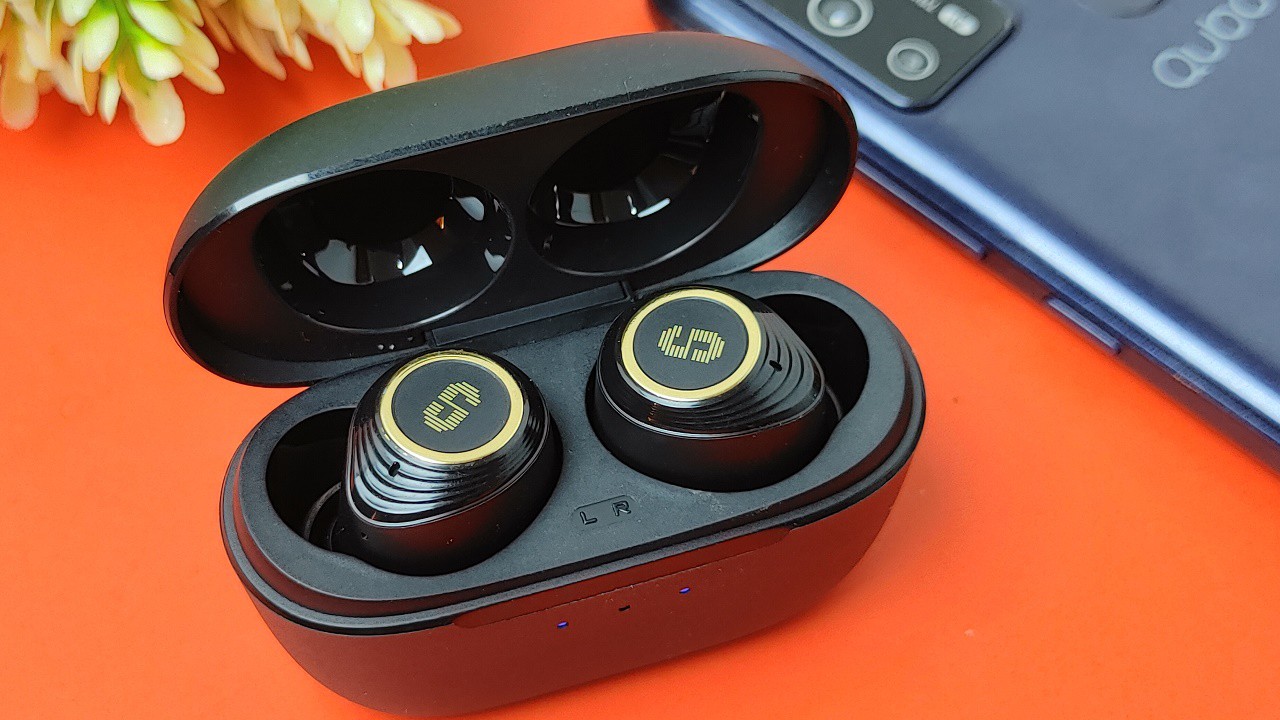
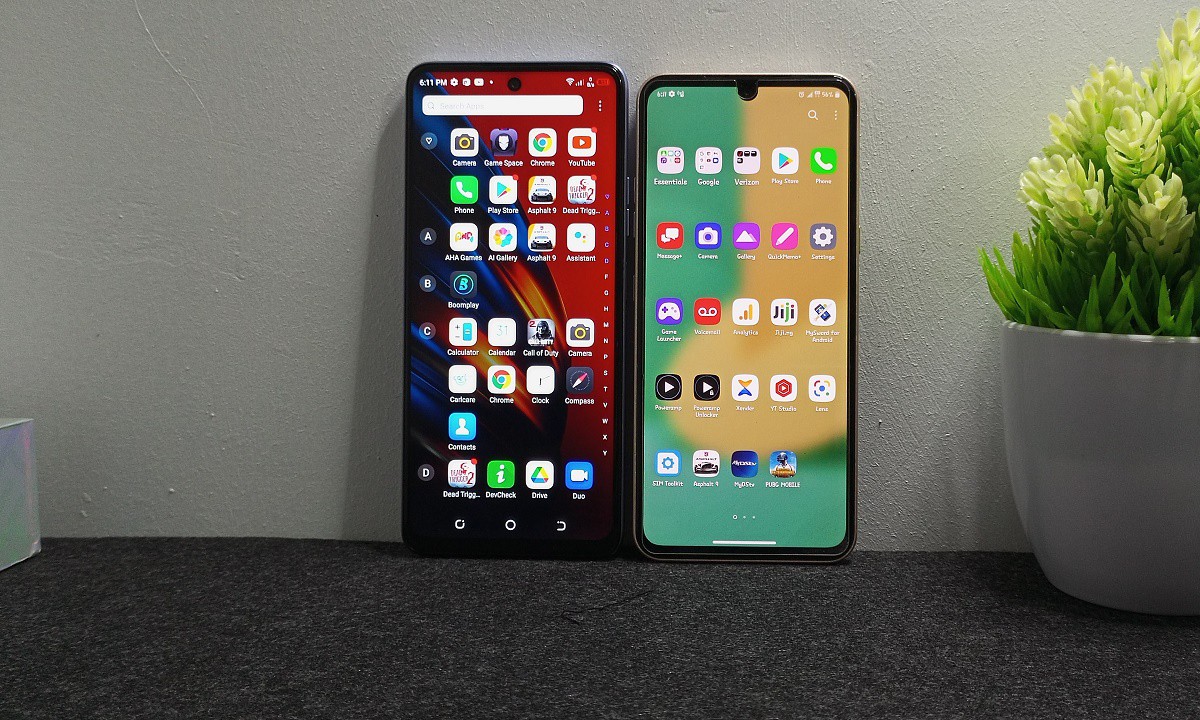

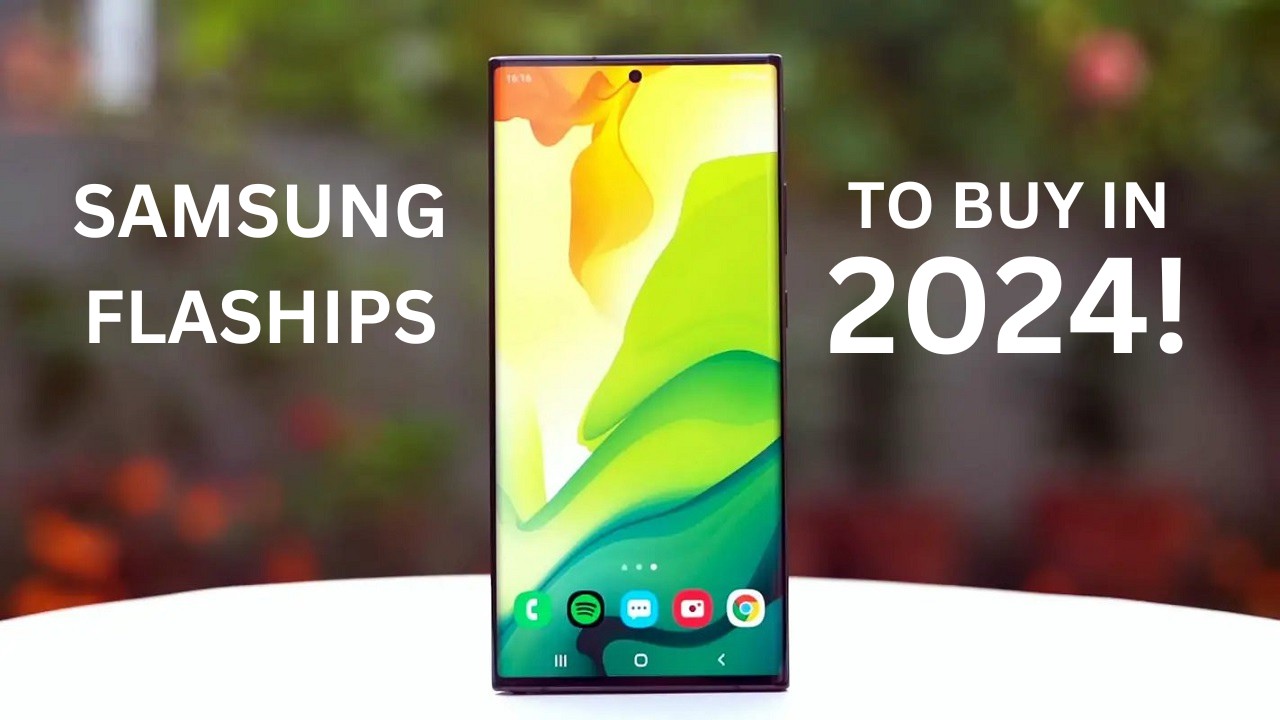
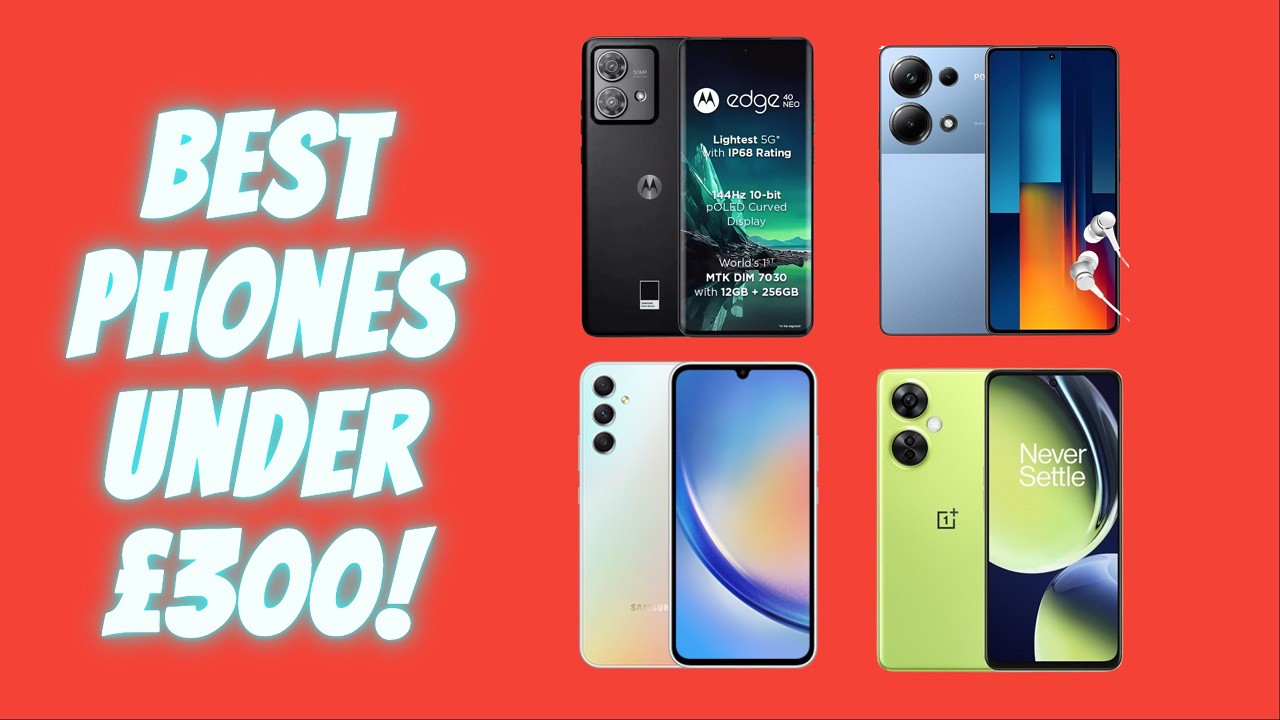

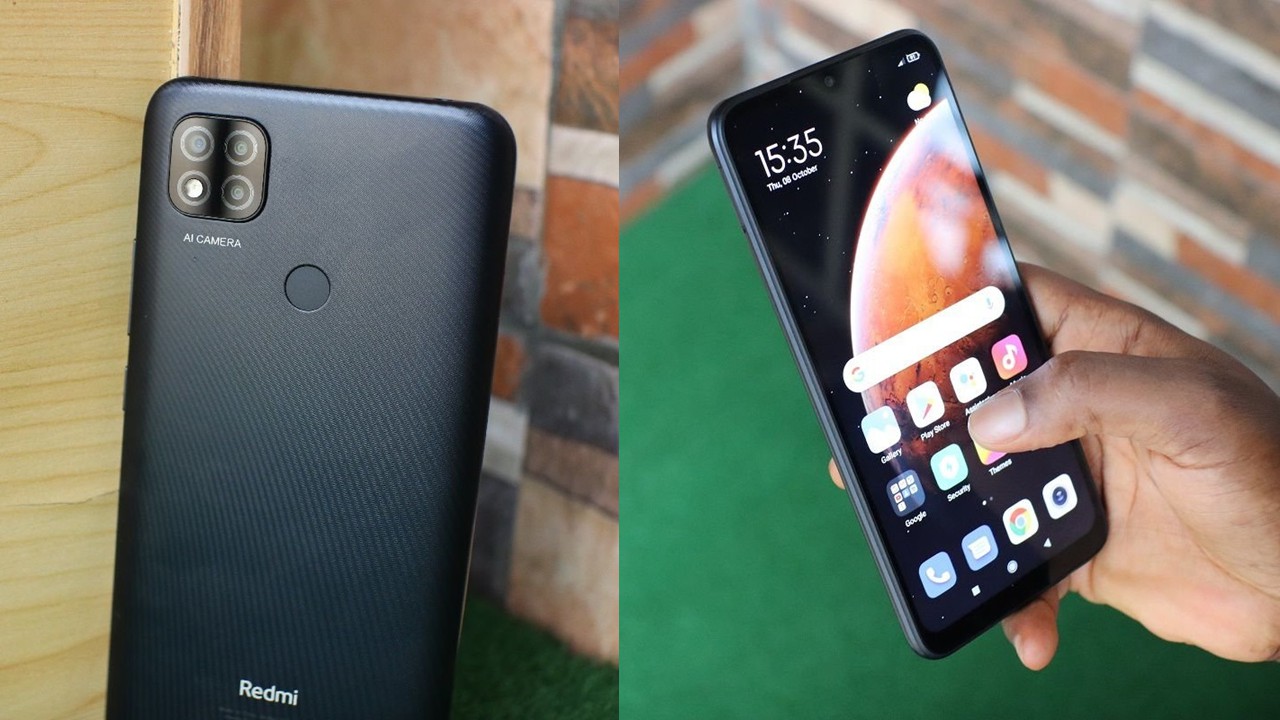
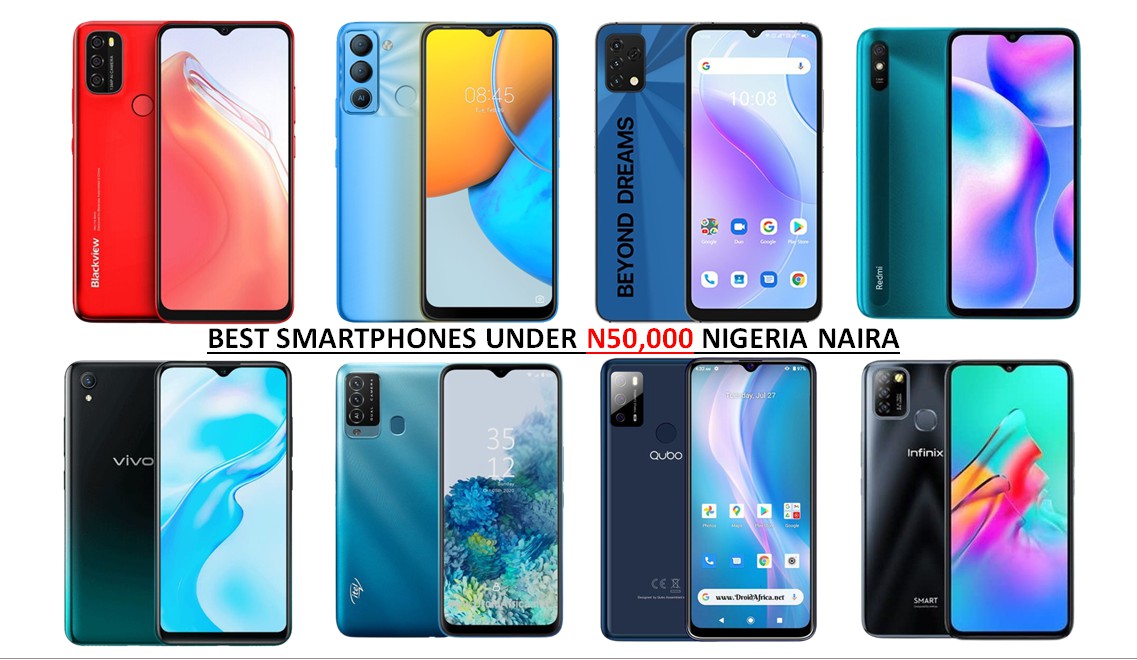
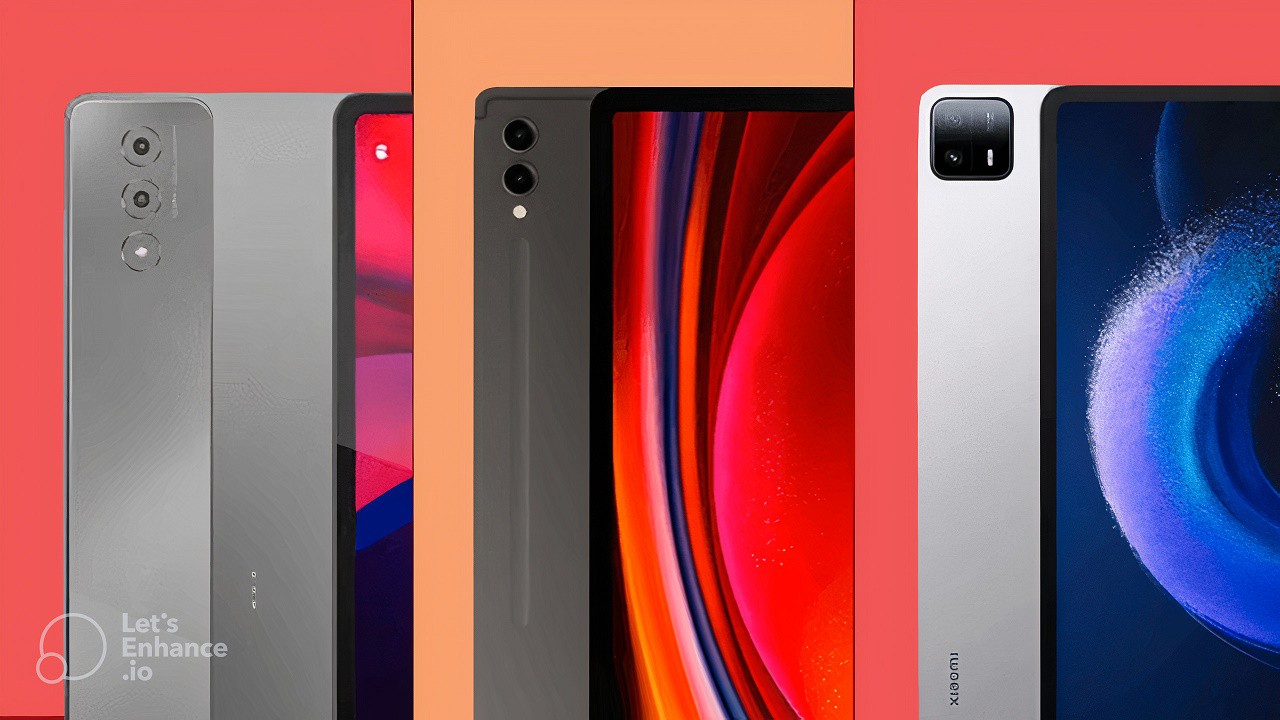
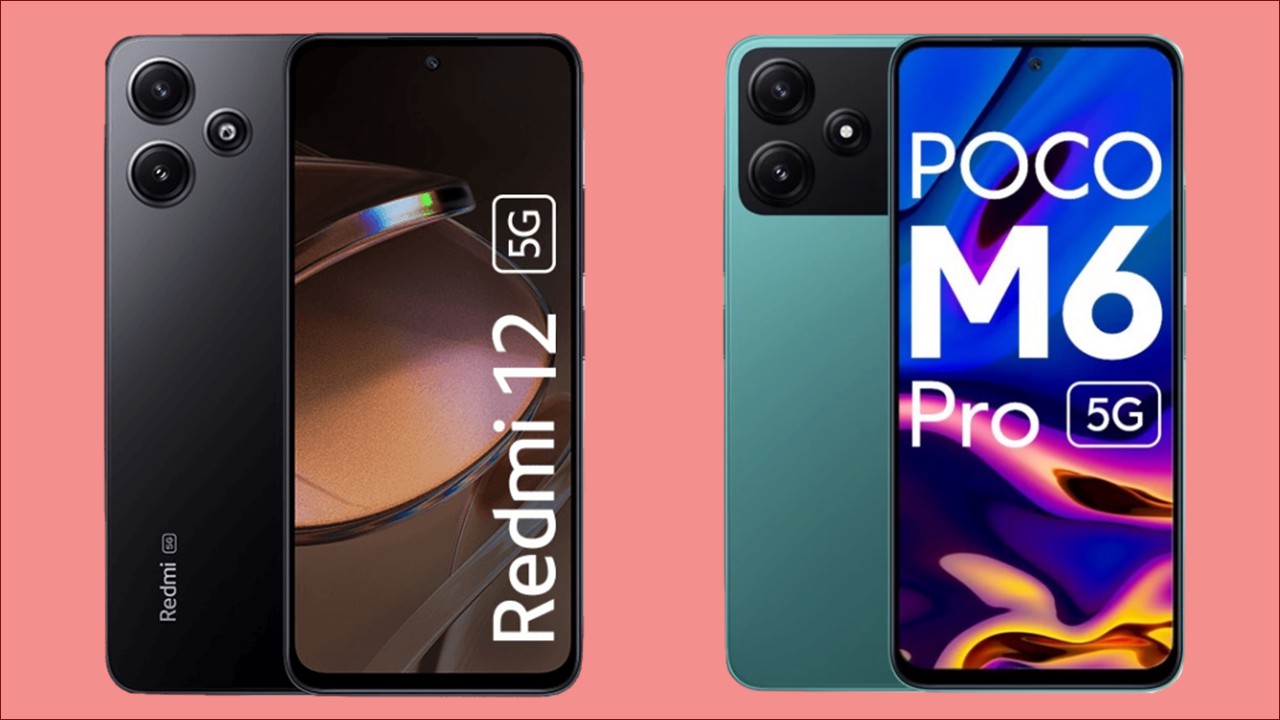
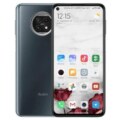
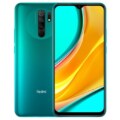
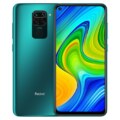
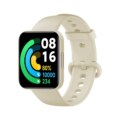
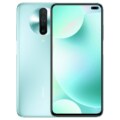
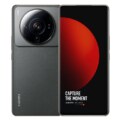
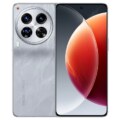

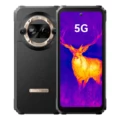
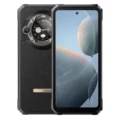
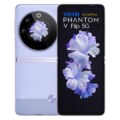
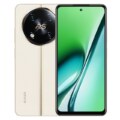

Leave a Reply